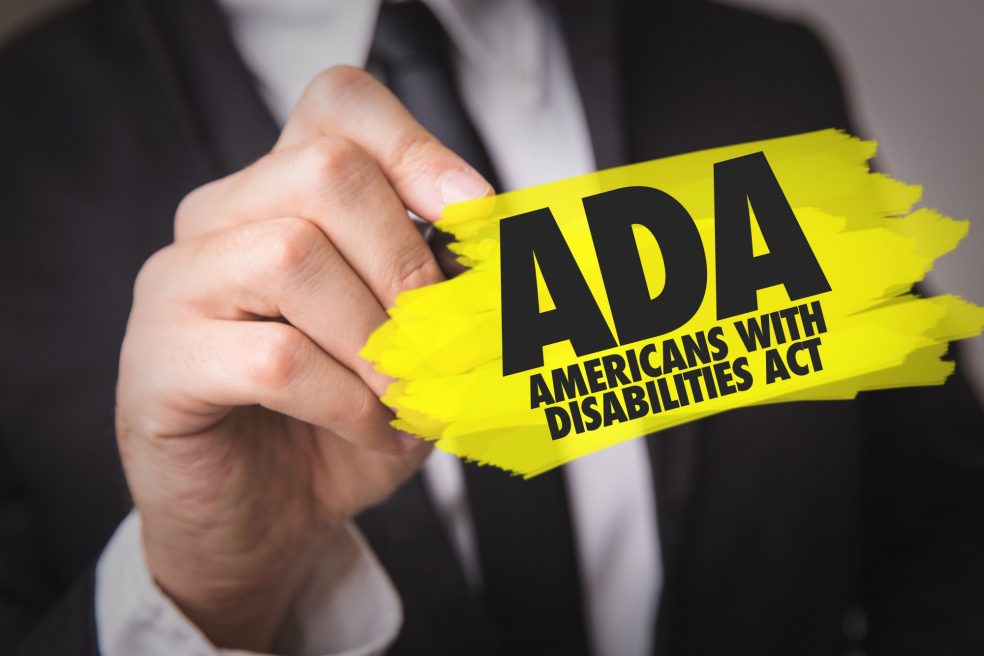
A Comprehensive ADA Compliance Checklist for Websites
Is your website ADA compliant?
Does it cater for disabled users? Is it optimized to work with screen readers and assistive technology? And how do you know if you’ve met the full ADA compliance checklist?
The Americans with Disabilities Act aims to reduce barriers for your customers with a disability.
Your site needs to provide equal access to news, resources, and information. A set of protocols called the Web Content Accessibility Guidelines (WCAG) can guide you. But the document is long and complex.
So we’ve created a simple ADA compliance website checklist to help.
Here are 5 factors you need to consider when creating an ADA compliant website. Including them not only helps visitors with a disability use your site but can turn them into paying customers.
1. Titles and Heading
Every title or heading on your site needs to relate to the page’s content.
If you’ve read our SEO blog article you’ll know this is good practice anyway. Adding relevant keywords to your <h1> and <h2> tags can increase your Google rankings.
But they also provide a quick summary to a screen reader.
And that’s invaluable for users with a visual impairment. They don’t have the luxury of scanning a page so the more assistance they get at the start the better.
2. Font and Content
Making text large and choosing an easy-to-read font makes content more accessible.
Using formatting options like bold and italic lets important phrases stand out. Tie that with your marketing message and keyword inclusion. Your visitors will be catered for and so will search engines.
Also, use white space to your advantage.
Chunks of text are difficult to read for any visitor. So space things out by using a larger line-height.
Add bullet points to highlight key issues. And don’t overuse copy where it’s not required
3. Alternative Text
The alt attribute or alternative text lets screen readers ‘see’ what an image relates to.
Every image on your site needs both an alt and title attribute. Use descriptive text around the <img/> tag. And don’t forget that buttons, icons, banners, etc. all require those attributes too.
4. Keyboard Navigation
Users with a physical disability may not be able to use a mouse. They rely on a keyboard to navigate your site using the tab and enter buttons.
So check your site links and navigation structure.
Is it easy to use with a keyboard? Does it rely on mouseovers or hidden layers? Are your main links together and do they keep things simple?
ADA website compliance guidelines state navigation should be clear and close to the top of the page. Screen readers work from top to bottom. So keep that in mind when designing your business website.
5. Color Contrast
Colorblind users can find it difficult to view similar colored text and images.
Using contrasting colors helps you differentiate items on your page. So consider your background and how it promotes your copy. The goal is a color contrast ratio of 4.5:1.
Use this color contrast tool to help you. And remember, don’t use color to highlight important details. Many users won’t be able to see the difference.
Full ADA compliance checklist with Jonesen
At Jonesen, we follow a strict ADA compliance checklist when building websites.
Not only will we reflect your brand and communicate your products and services. But we make sure any visitor coming to your site receives the best experience possible.
Why not contact us to see how we can help?
We cater for all needs. No matter who you are.